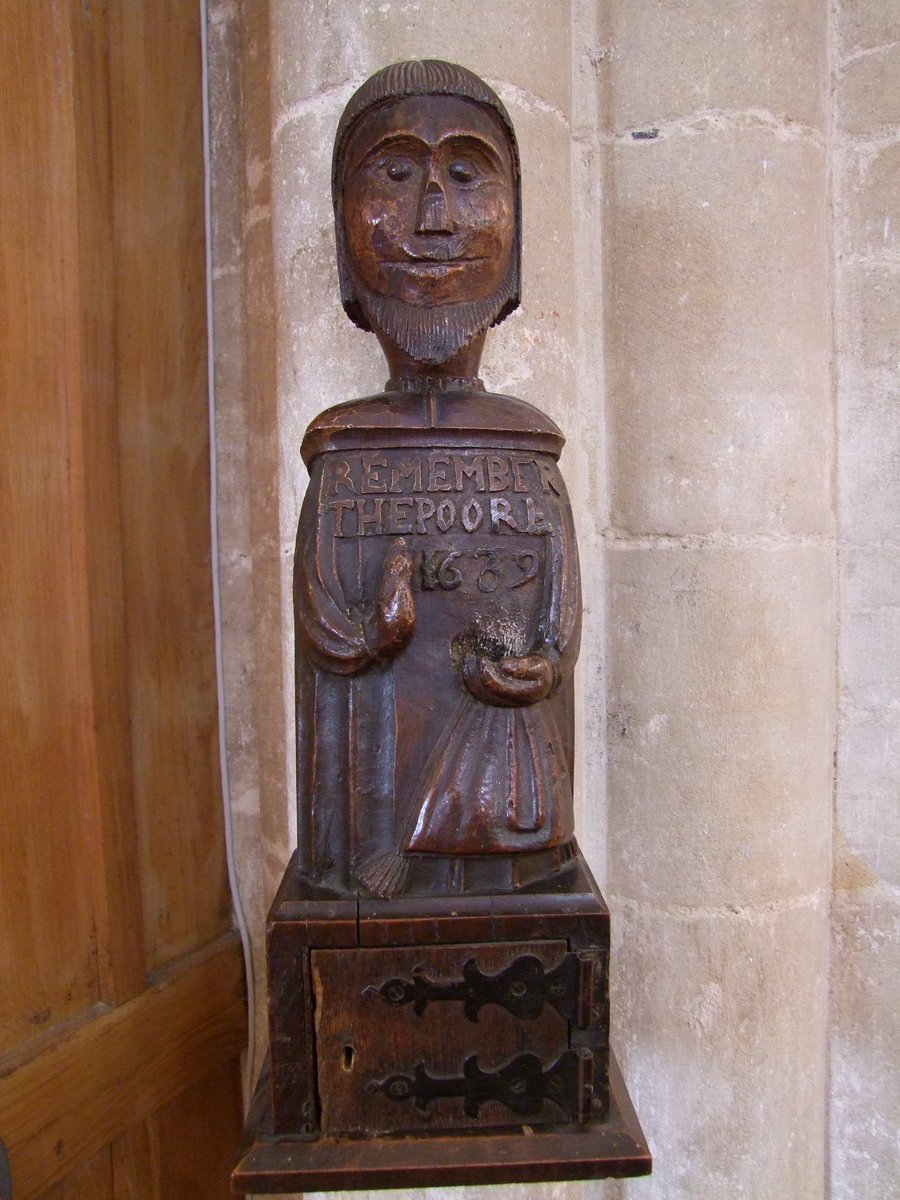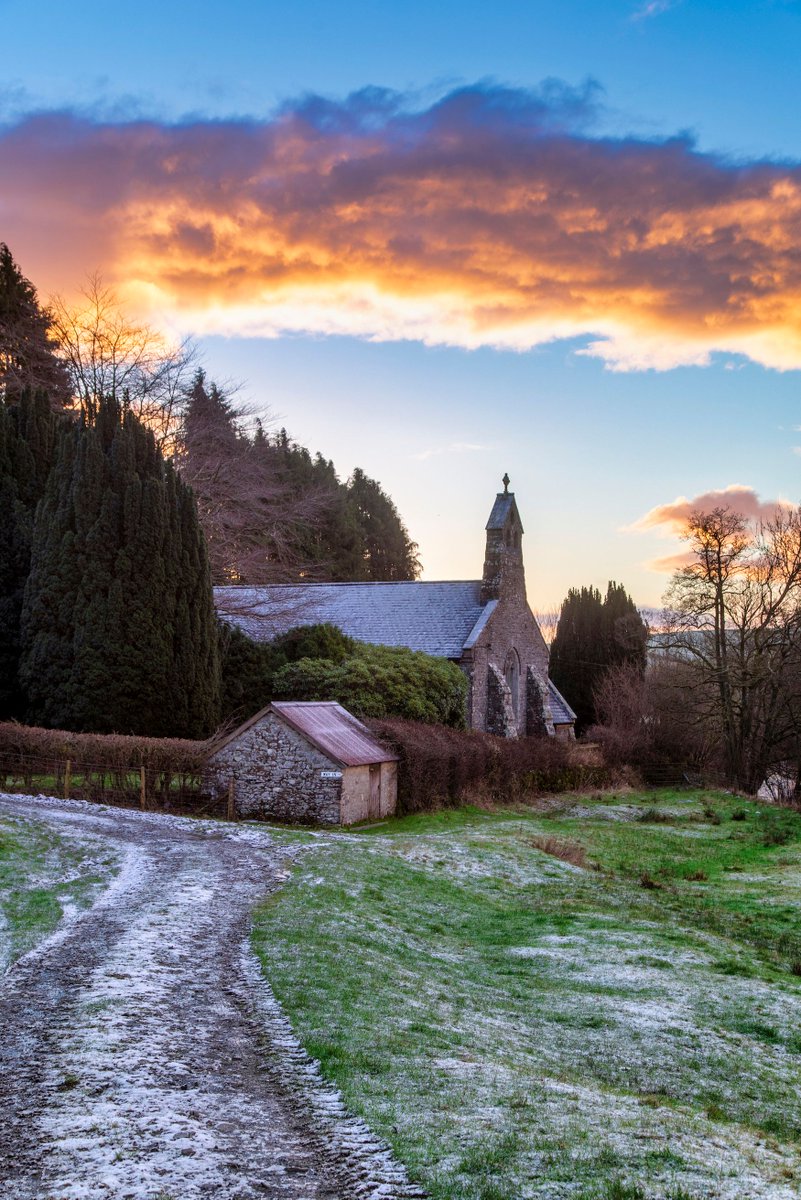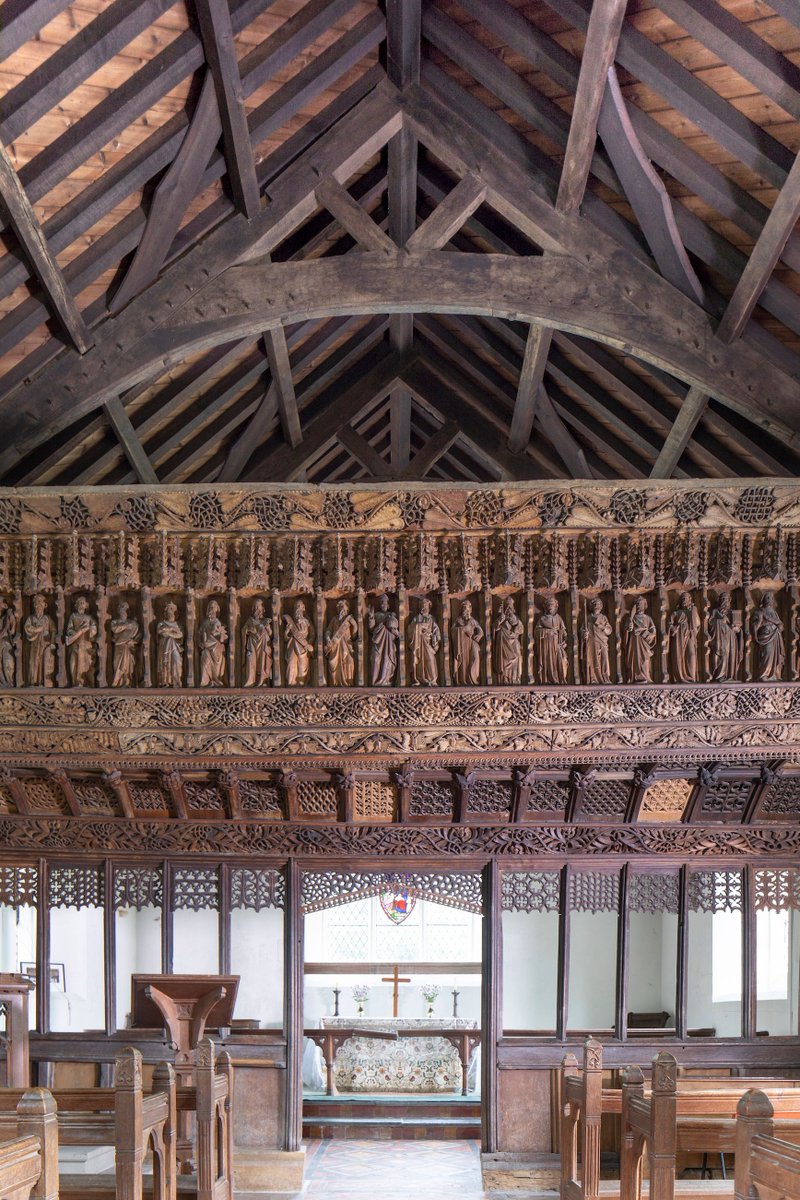In cobwebbed corners of churches, are carved alms-boxes. Many, like this one at Watton, Norfolk, are inscribed, urging passers-by to ‘remember the poor’. For centuries, the collections in these oaken boxes were society’s main source of poor relief.
#BoxingDay #thread
#BoxingDay #thread

Two of the earliest poor-boxes in English churches date from the mid-14th century and can be found on Holy Island, Northumberland. However, most surviving ones – many of which are still in use – date to the 17th century.
2/
2/

Boxing Day has been a tradition in the UK for centuries. Though it only officially got that name in the 1830s… and didn’t become a bank holiday until 1871. 26th December is the feast day of St Stephen – an early deacon who made it his duty to care for the poor.
3/
3/

26th December was the day when the rich boxed up gifts for the poor of the parish. It was also a day off for servants, when they received a Christmas box from their employers. And they, in turn, would meet their families to exchange boxes.
4/
4/

Churches played an important role in the Boxing Day tradition. Coins collected in the alms-box throughout the year were held in a box, which was opened on Christmas Day. The following day, Boxing Day, the money was taken from the box and distributed to the poor.
5/
5/

From the late 19th century, many alms-boxes were repurposed as donation boxes for general church expenses – including building maintenance, flower funds and running costs.
6/6
6/6

• • •
Missing some Tweet in this thread? You can try to
force a refresh






















